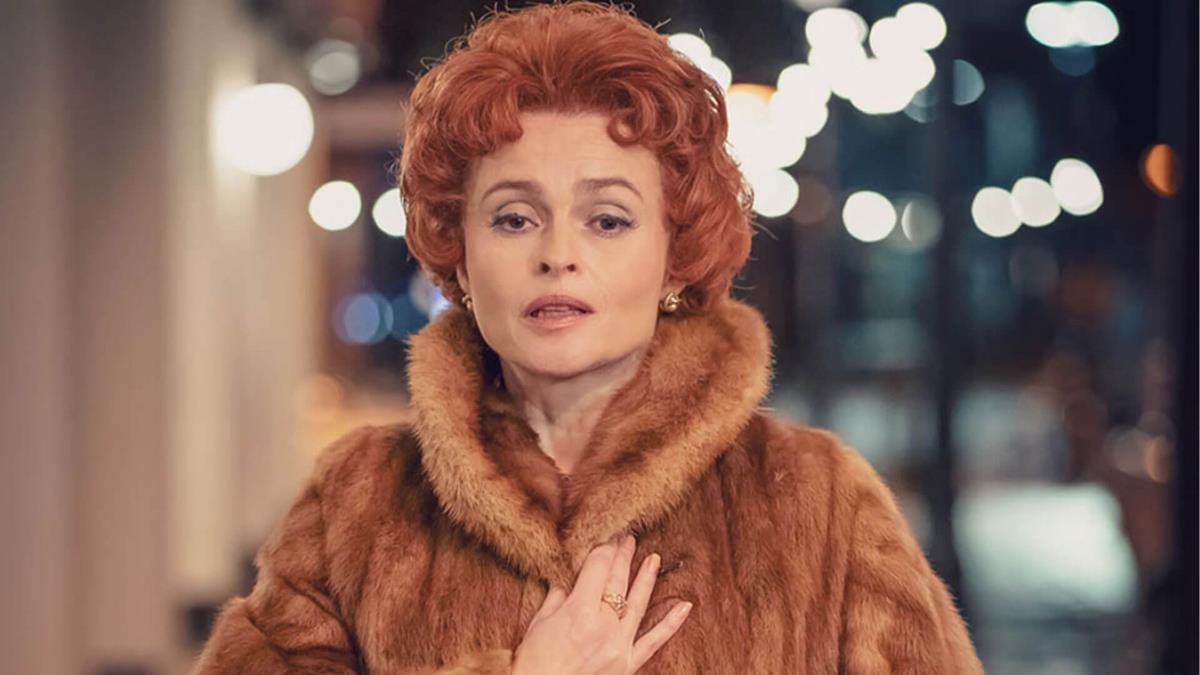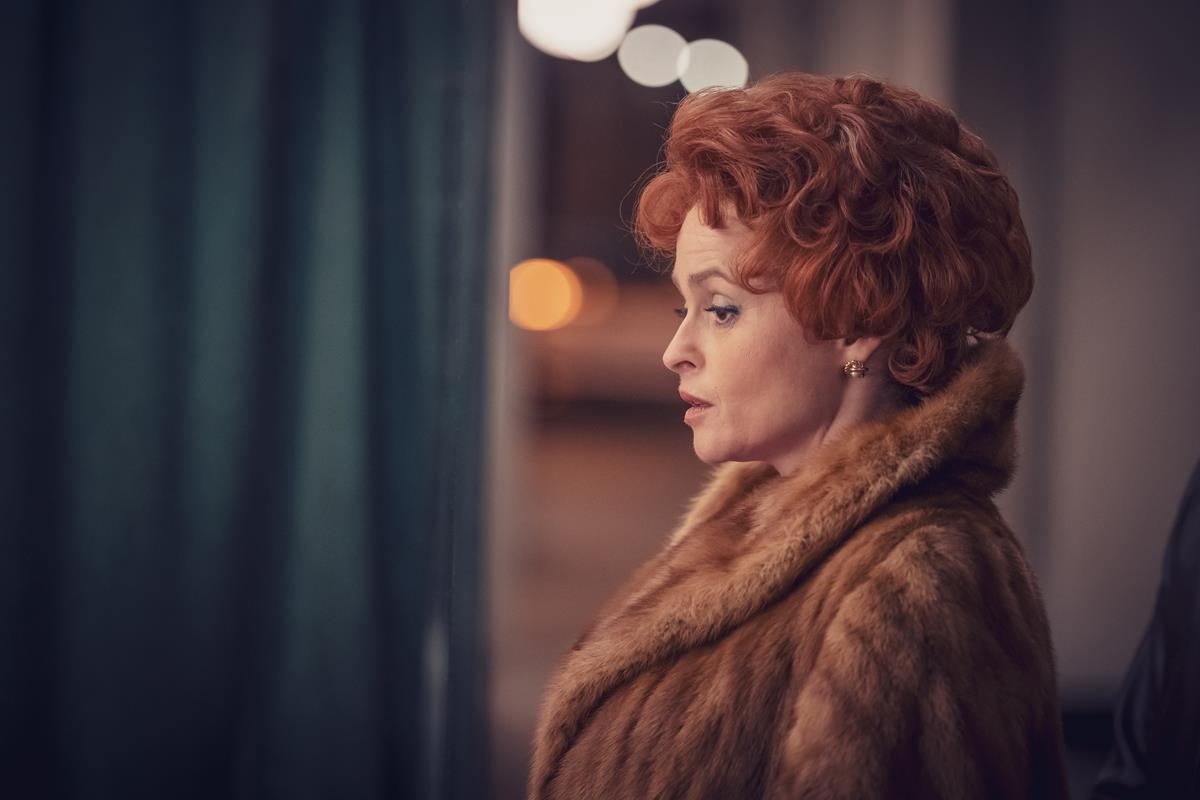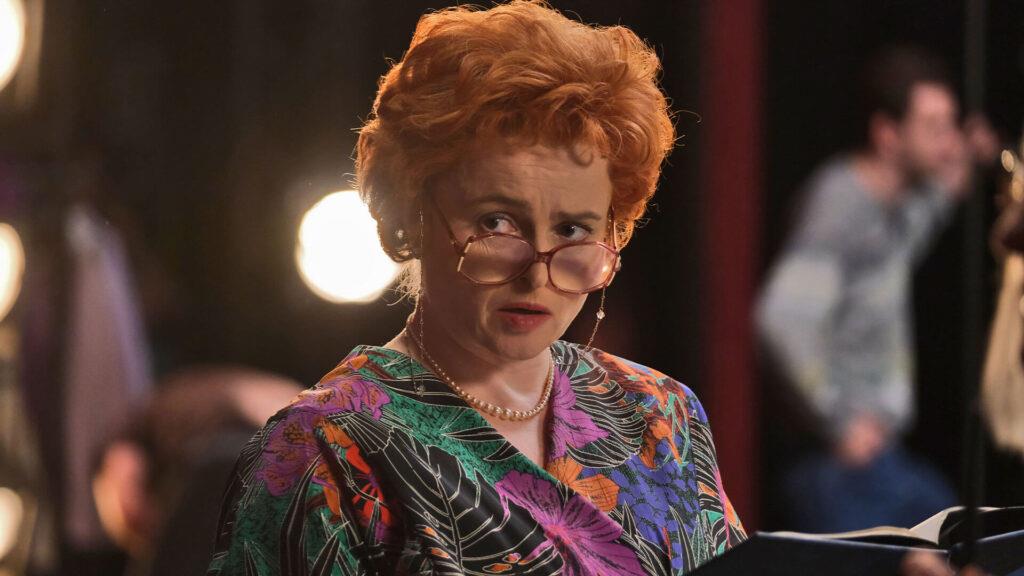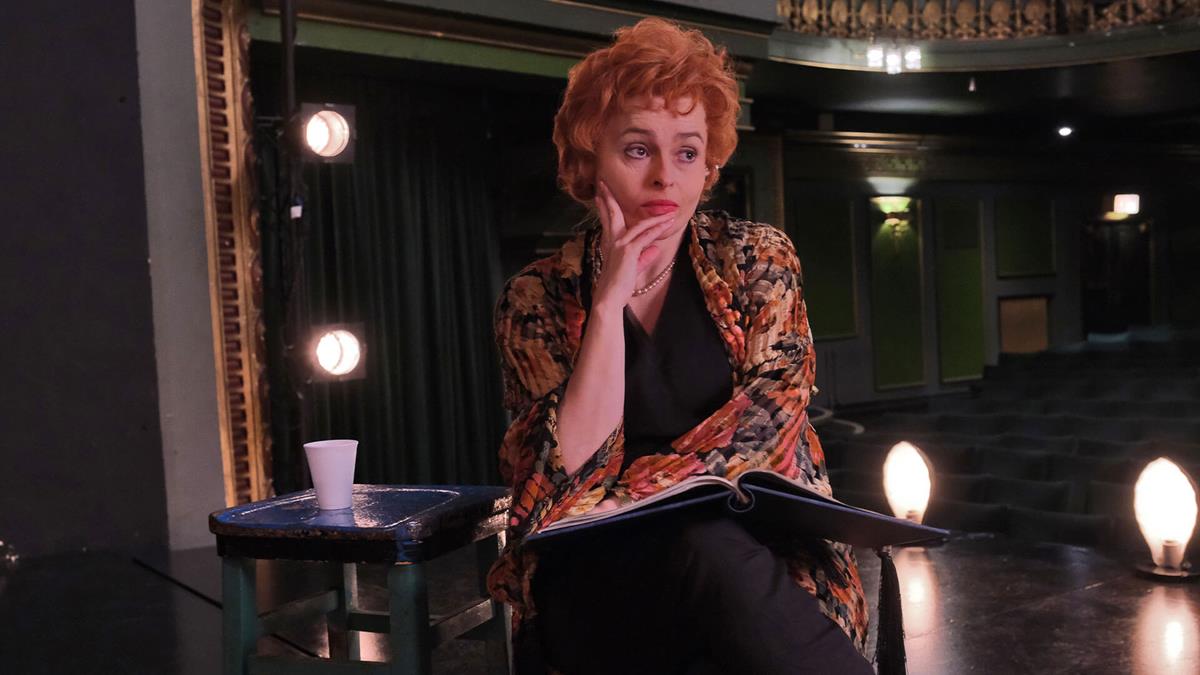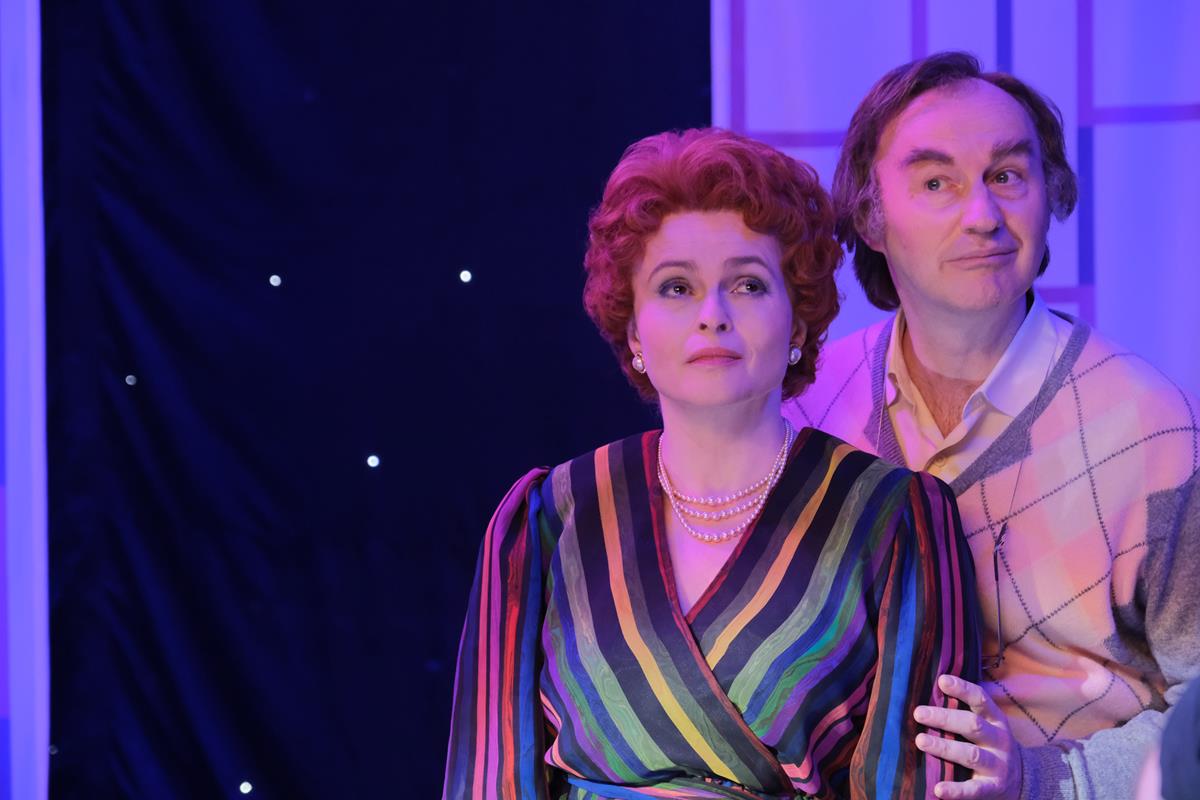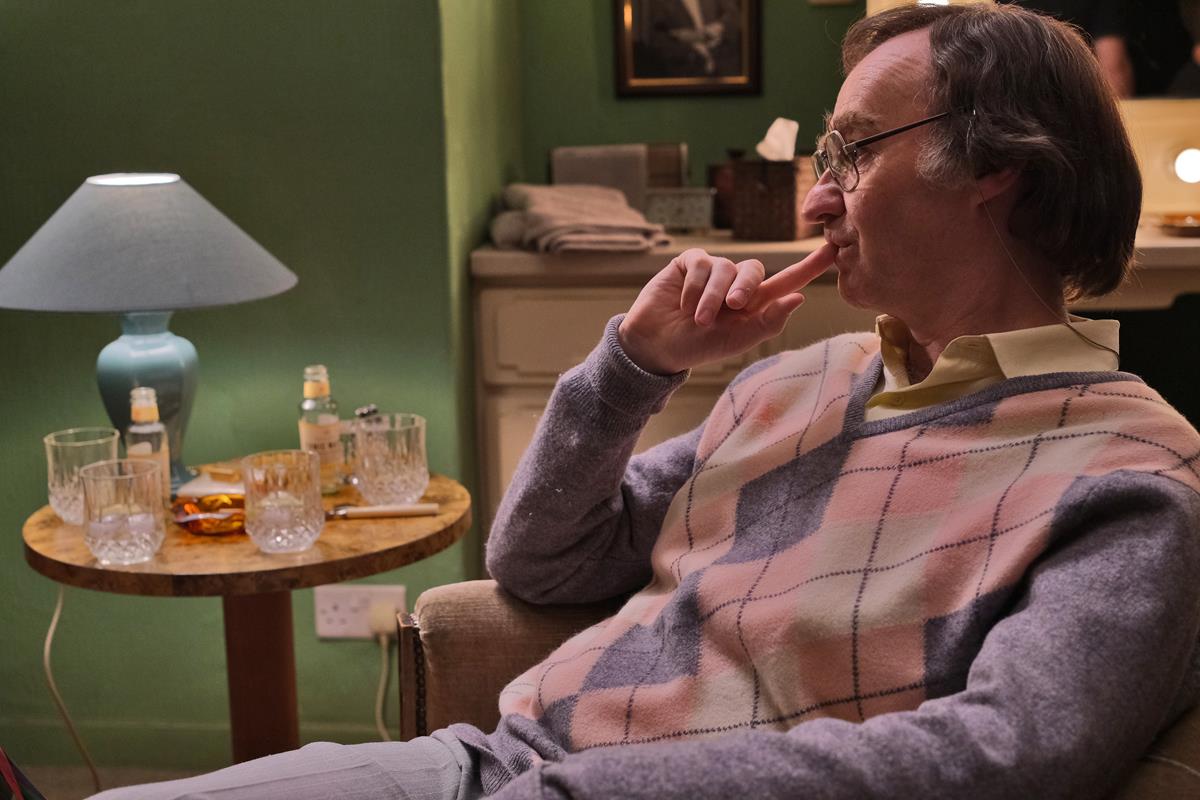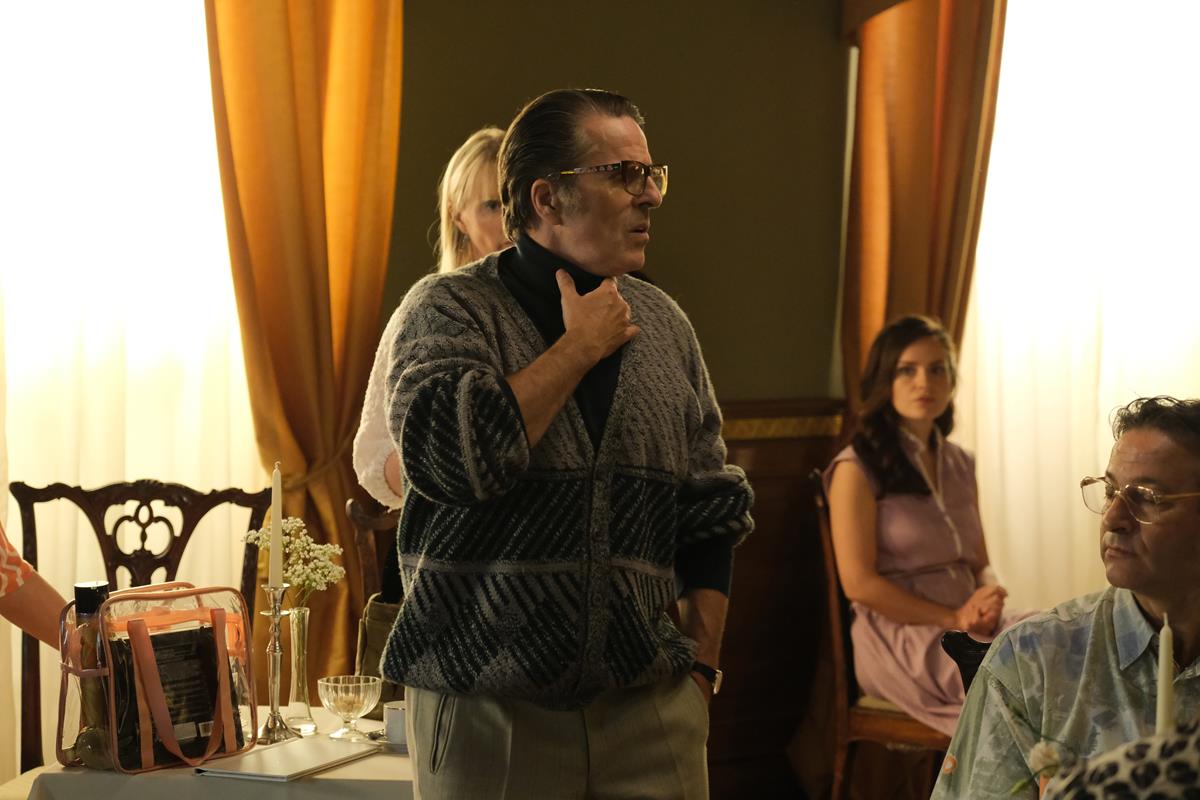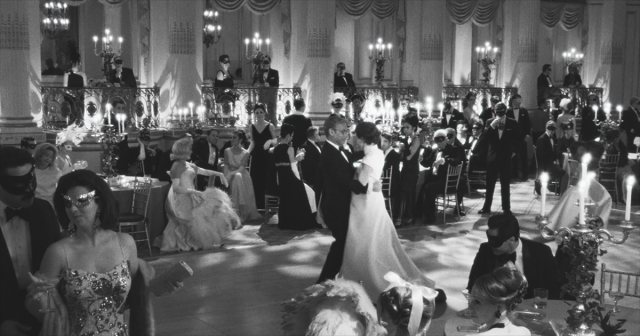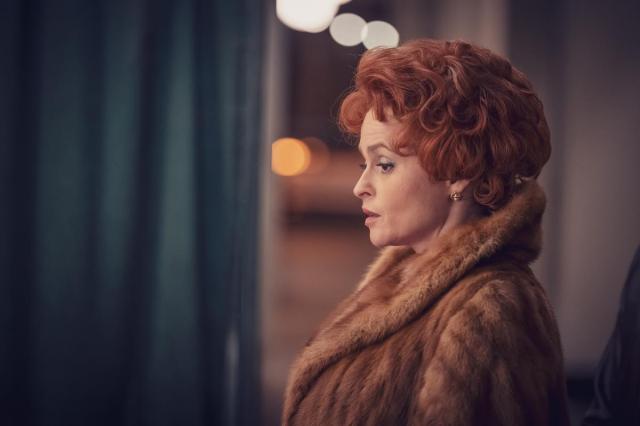
TL;DR
- A new British period drama is a biopic of the star of a minor tea time soap opera called “Crossroads,” Noele Gordon, affectionately known to her many adoring fans as “Nolly.”
- Cinematographer Sam Care and director Peter Hoar wanted to pay tribute to Nolly and recognize her achievements before and after “Crossroads,” but couldn’t ignore the broadcasting history lesson that a 1970s low-budget soap opera would give us circa 2024.
- Combining a modern digital camera with vintage anamorphic lenses, the production employed a Sony VENICE camera with Meru lenses, which are rehoused vintage Leica glass.
- The first scene of each episode was shot on 16mm film as an homage to the prominence of the format in television production over the decades.
- To recreate the broadcast quality of the show, the production team also used Ikegami HK323 1980s broadcast cameras, which were sourced from a company called Golden Age TV.
Costume or period dramas are standard fare in the UK’s film and TV output, but Nolly is the first drama that puts old technology above the importance of the frocks. The limited series is a biopic of the star of a minor tea time soap opera called Crossroads, Noele Gordon, affectionately known to her many adoring fans as “Nolly.”
Cinematographer Sam Care and his director Peter Hoar wanted to pay tribute to Nolly and recognize her achievements before and after Crossroads. Still, they couldn’t ignore the broadcasting history lesson that a 1970s low-budget soap opera would give us circa 2024.
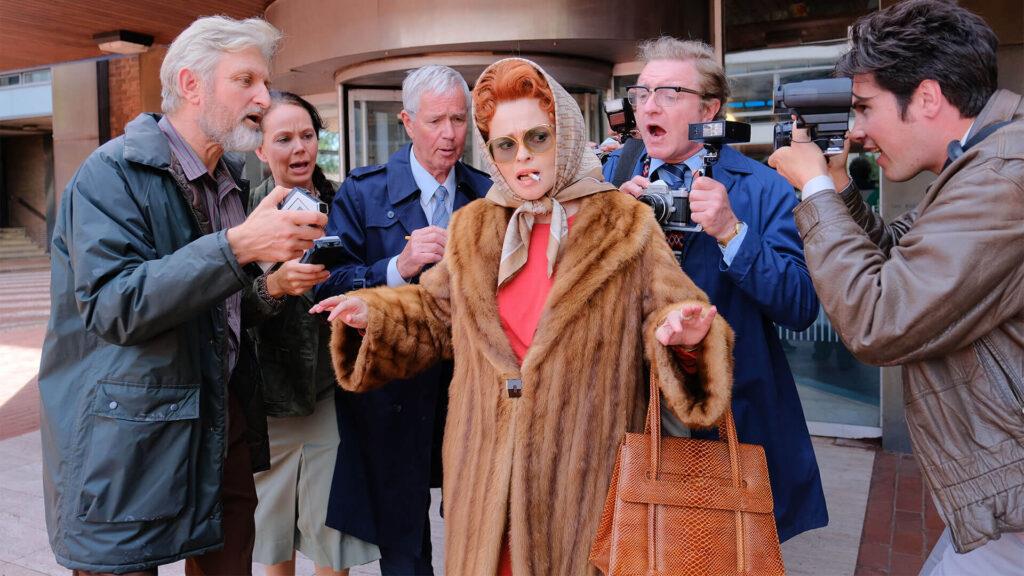
Care would also shine tribute to the broadcasting tech of the time and decided to go the extra mile to make it as genuine and realistic as possible.
“We decided to go for a mixed media approach. The idea was partly to pay homage to some of the formats they had shot within the period. So we combined three formats: a modern digital camera with vintage anamorphic lenses — a Sony VENICE camera with Meru lenses.” The Merus are rehoused vintage Leica glass.
“That was our main format, which still had a vintage edge because of the lenses, and we framed that for a 2:1 aspect ratio. We also decided to shoot the first scene of every episode on 16mm film; this was our homage to 16mm, a prominent format in television production over the decades. But these early scenes are related to specific periods earlier than the main story in Nolly’s life. Some occurred in the 1930s and 1950s, whereas most of the action happened in the 1970s and 1980s; it also helped with our mixed media approach. You’ll see the 16mm’s softness and grain structure, especially at 500 ASA, using Kodak Vision 3 stock,” Care said.
“We framed those opening scenes in a 1.66:1 ratio, slightly different from the main one,” he continued.
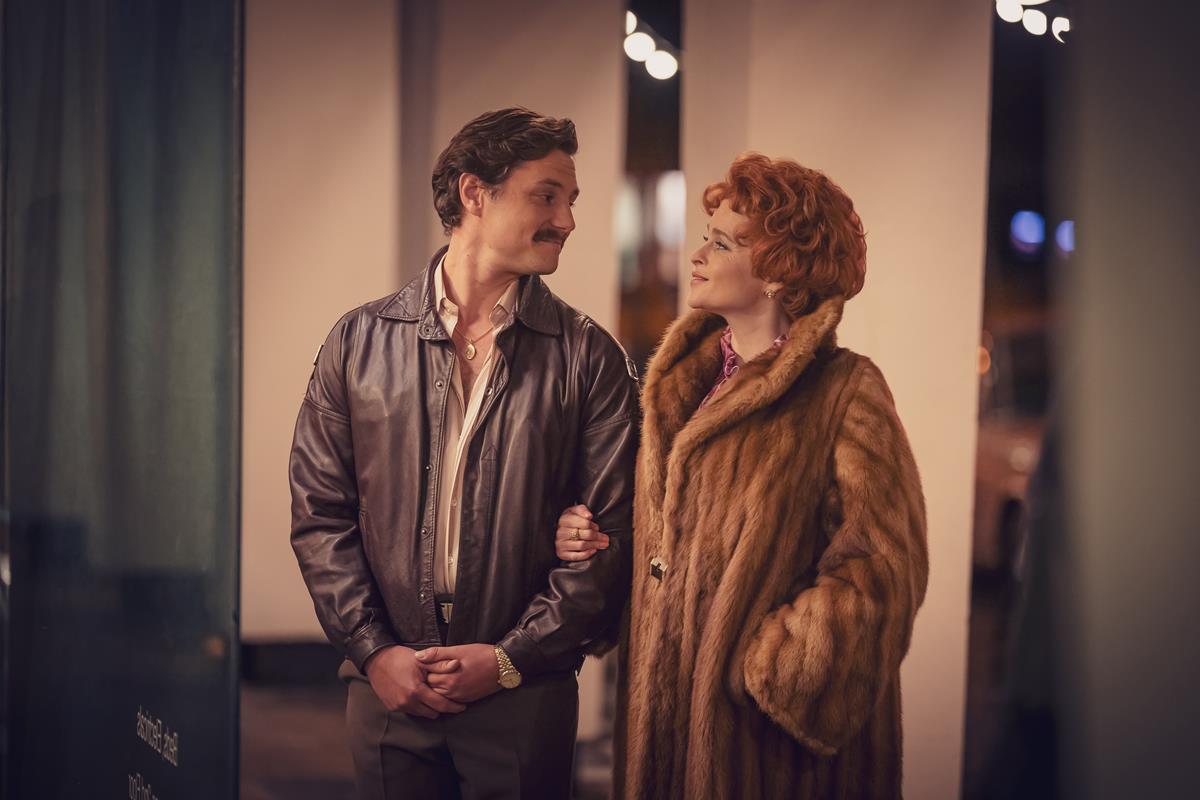
“Then, the third format recreated the broadcast quality of the show. We used these Ikegami HK323 1980s broadcast cameras, which we sourced from a company called Golden Age TV, which maintains them. They’ve supplied The Crown and various period shows. We had to re-light the set for them as they’re not as light-sensitive as modern cameras; we framed them in a 1.33:1 aspect ratio or 4:3, which is the ratio that they would have shot in back in the day.”
The show’s homage to technology also helped separate the on and off-camera scenes from each other as the drama entwines the two rather than a sketchy color-graded solution.
Exploring different ratios with different image textures within the one show was exciting for Care. “It’s all very well doing this, but you need a reason in the script, so it’s for storytelling reasons. It was also fun for the camera team and me. We got to use 16mm cameras again and revisit labs – checking the gate was new for some people.
The Kodak stock was rated at 500 ASA, but the Ikegami’s were working at only 50 ASA, so a new lighting design was needed for each. “Originally, the director wondered if we could shoot the Venice simultaneously as the Ikegamis, but ultimately, we had to shoot them differently.
“Even the actors noticed the studio heating up when we used the Ikegami cameras with the lighting to expose them properly. We realised that back then, that kind of heat was typical.
“So the lighting was the other element of being ‘period correct’ on the show. We initially looked for an old film studio in which we could build the sets that would have the old vintage walls and some of the rigging in the ceiling. But there was nothing available. We created them in Space Studios in Manchester, a very modern stage. We ended up building eight sets in there.
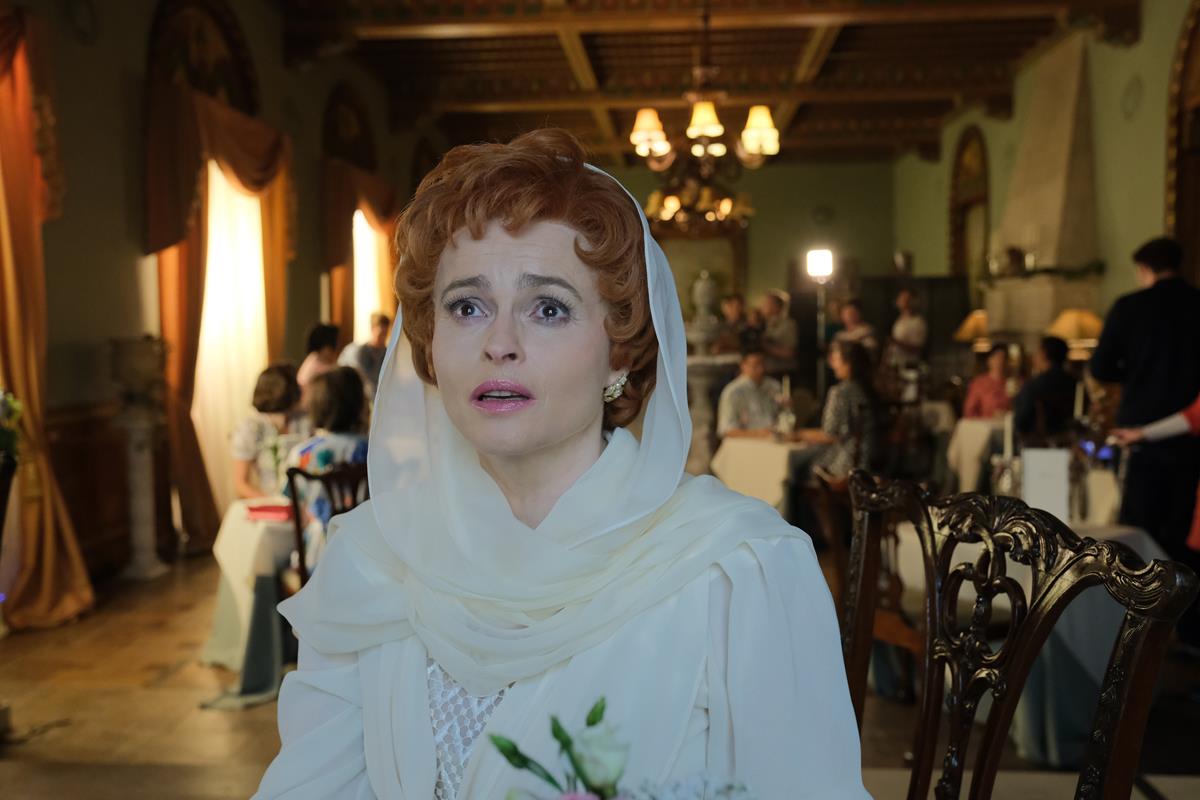
“Our big challenge was that we knew that one of our visual approaches was long Steadicam ‘oners’, which would show a large part of the sets. Also, we would start with a closeup of the cast, so the lighting had to be flattering. We also wanted to spin around and see some of the rigging in the ceiling with all the lights on show. We would then finish the shot back in a closeup.
“My challenge was that every lighting source we saw in the shot was also everything that lit the set and had to be period correct. So, my gaffer, Steed Barrett, and I got Panalux, who provided all the lighting for the show, to bring us one of every period light they had in their UK branches. We laid them all out in a room and tested them for a day. We ended up with 2K Zap lights and 2K Bambinos. So that ended up being over 200-period correct Tungsten sources in this enormous stage over the eight sets. They were all in-shot and wired back to our desk op.
“The lights had to be softer than the ones used at the time and flattering for our actors, so we tended to use the 2K Bambinos, harder Fresnel lights, as backlights or three-quarter backlights to get a nice edge light on the actors and the Zap lights we would put more on the side and in front of the set as they were an early sort of soft box I suppose.
“They would have a bulb inside that would bounce into a silver reflective inner lining with an early form of an egg crate that would give the light some direction. They were soft enough to light Helena (Bonham Carter) in a closeup and still look flattering. We did a lot of testing to figure it out and eliminate any shadows.”
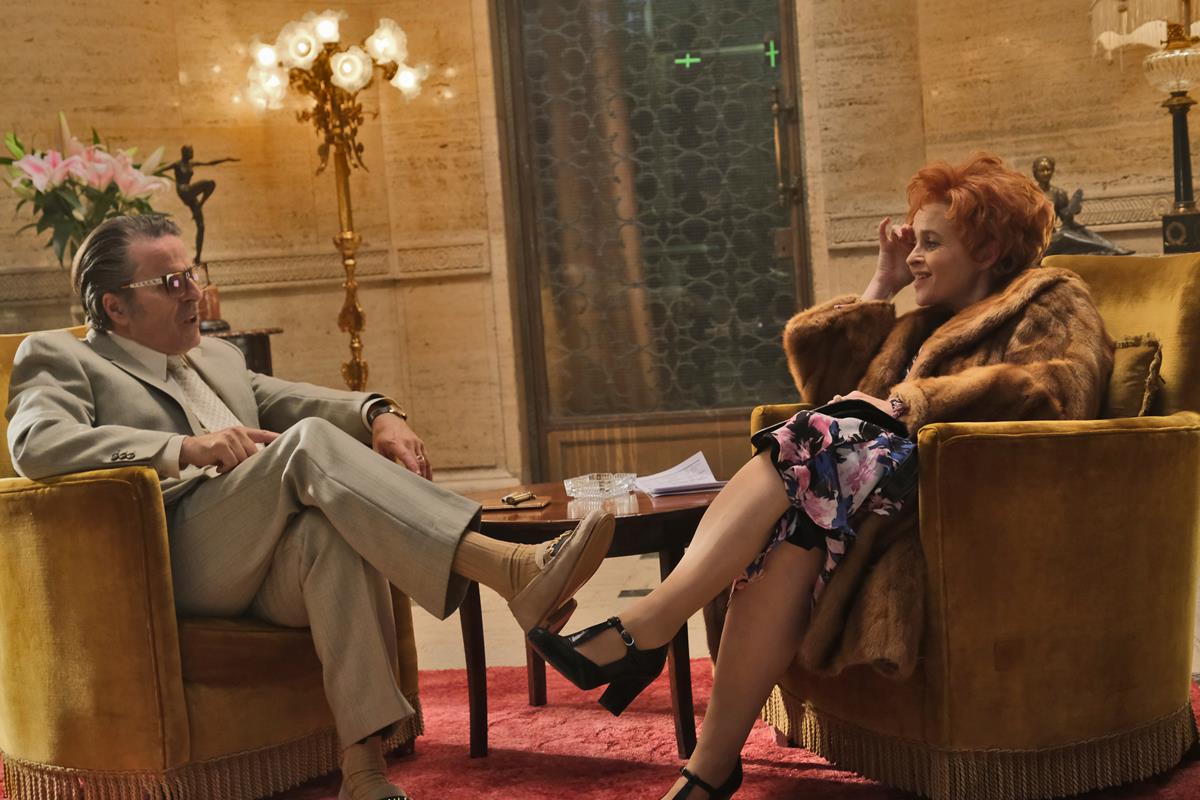
For Nolly to represent Crossroads, as realistically as they have, made it a far better show than anything half-hearted. Ultimately, Care and his team’s skills didn’t include any need for digital set extensions, and virtual production only included a night bus scene. There were scenes from an actual excursion to Venice, but Thailand scenes were shot on a Bolton stage in the north of England.
If you’re planning to revisit old eras of television broadcasting for any narrative reason, then Nolly might be the new standard to live up to.


